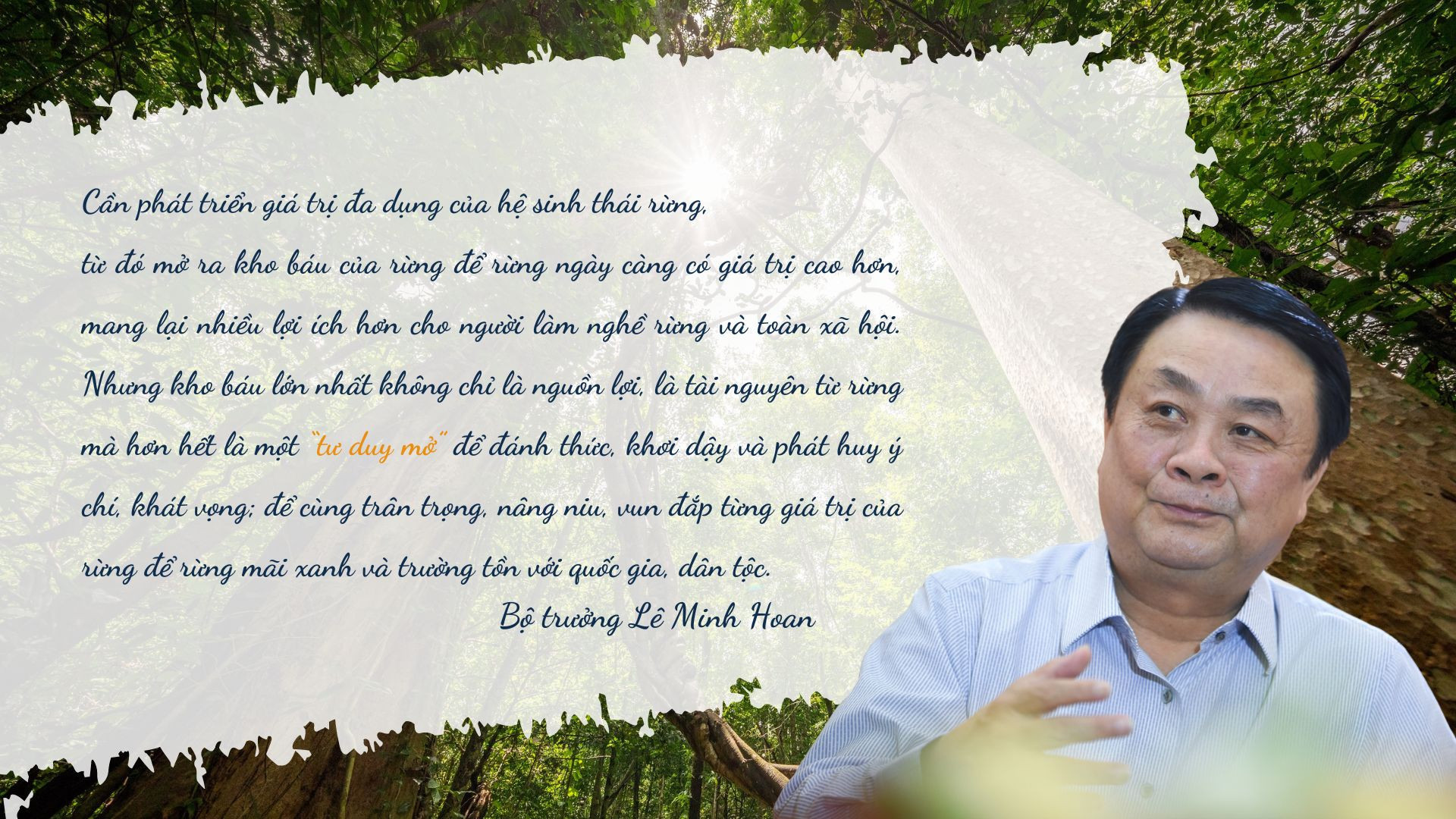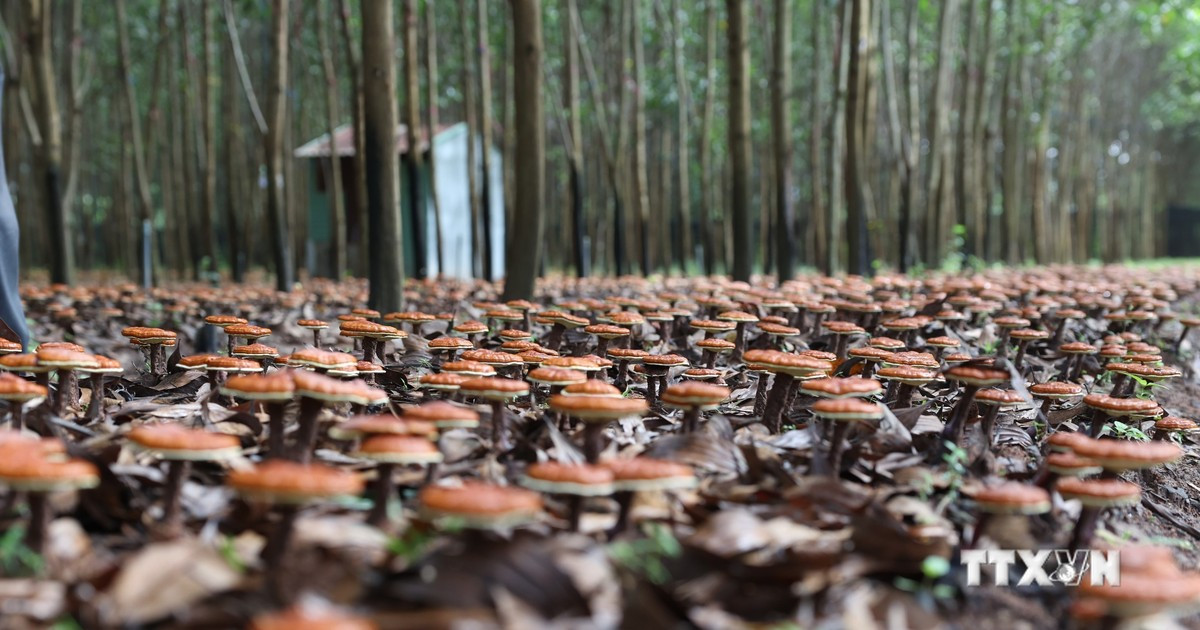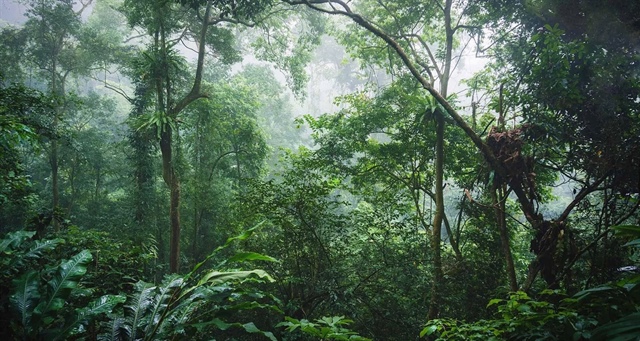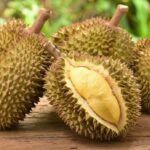Vietnam currently has over 14.86 million hectares of forest, of which natural forests account for nearly 10.13 million hectares and planted forests account for over 4.73 hectares.
Recently, the Prime Minister has approved the “Project on Developing the Multipurpose Value of the Forest Ecosystem to 2030, with a Vision to 2050” to improve the effectiveness of managing, sustainably using forest resources; generate jobs, increase income, stabilize, and raise the quality of life of ethnic minorities, mountain dwellers, forestry workers, and people living near forests.
At the recent seminar “Developing the Multipurpose Value of Vietnam’s Forest Ecosystem,” Minister of Agriculture and Rural Development Le Minh Hoan said that if we only focus on the value of forest products, we will quickly run out.

Photo: Forestry Administration |
According to him, we need to take a step back to look at the forests, getting the value structure from multiple perspectives. When the value space is expanded, everyone can benefit, there will be no more conflicts, and ways will be sought to protect and develop the forests.
With the potential available, the value of forests must be 10 times, even 100 times greater to be worthy of the term “gold forest,” the Minister emphasized. However, to do so, we need to breathe life into the products of the forest and introduce stories to increase their value.
In practice, the utilization of forest value has been carried out for a long time but has been done so in isolation. Therefore, Deputy Head of the Forestry Administration (Ministry of Agriculture and Rural Development) Pham Hong Luong said that when developing sustainable forests with multiple values, there will be resources to reinvest in conservation and livelihood development for people.
To exploit the multiple values of the forest and generate income for people under the forest canopy, Mr. Le Hoang The – Director of The VOS Ecosystem Co., Ltd. – said that the enterprise has implemented a model of planting red lingzhi mushrooms under the canopy of acacia trees in many areas.
According to him, people who normally plant acacia trees will harvest them after only 5 years. But if they wait until the acacia trees reach 8 years old, their value doubles.
“So what can people do in the 3 years while they wait for the wood to grow?” said Mr. The, adding that they can grow lingzhi mushrooms under the acacia canopy. It takes only 4 months to grow the mushrooms and harvest them, and they sell for 1 million VND/kg. They can be harvested three times a year. If you calculate the economic efficiency, 1m2 of lingzhi mushroom cultivation can bring in 10 million VND per year.
In Dong Nai, The VOS has cooperated to grow lingzhi mushrooms under the canopy of acacia forests on a scale of about 230 hectares. Households participating in the program will be supported by the enterprise with mushroom seedlings, cultivation technology transfer, and product consumption, among other things.
“The lingzhi mushrooms we grow under the forest canopy have been certified to produce herbal medicines that are 1.5-2 times higher than lingzhi mushrooms of the same type in several countries around the world and have been exported to the United States,” said Mr. The.

Lingzhi mushrooms grown under the forest canopy yield billions of VND per hectare. Photo: VNA |
According to Professor Pham Van Dien, President of the University of Forestry, the future of the wood industry lies not only in processing and exporting wood but in researching and processing high-value-added products from the forest, focusing on medicinal plants and native trees with unique biological properties.
With this approach, Mr. Dien believes that this is one of the ways to sustainably enrich the forest, in addition to exploiting the values of forest ecotourism.
Mr. Vu Duc Quyen, Deputy Director of Hoang Lien National Park, admits that the forest has a lot of tourism potential.
Hoang Lien National Park is organizing many tourism activities to promote cultural values and indigenous knowledge alongside the existing values of the forest. The main tourist routes are heavily dependent on the local communities living near the forest; these locals themselves participate as tour guides through the old growth forest, showcasing delicious food and unique cultural traditions.
“Forest protection must rely on the community, so developing community-based tourism that relies on local people is essential. When people have a stable income, the forest is better protected,” emphasized Mr. Quyen.
Regarding the goal of large-scale forestry, experts say that it is necessary to focus on developing large-scale forests, tracing their origins, and certifying them. However, the effective solution to making people confident in planting large-scale forests is to develop an economy under the forest canopy by planting short-term medicinal plants to ensure income.
Tam An














